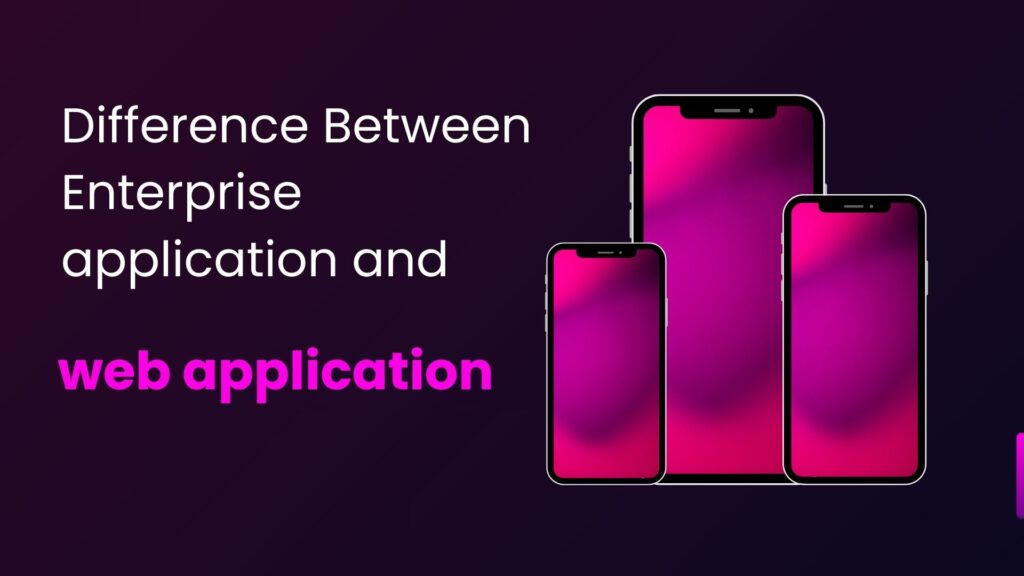Therefore, designing good websites has always been a vital factor in satisfying user needs in the ongoing modern world. Web design is not just about the look and feel of a website, but also the usability, accessibility, and responsiveness so that visitors enjoy using your content. This is because elements like layout, color, and typography can turn people on and cause greater participation, promoting business among Internet audiences. In this document, we will discuss different approaches to boost user engagement with effective web design.
Boost User Engagement with Effective Web Design

Understand Your Audience
As such, there’s a need to identify user needs and their choice when it comes to the design of the website. Generally, research the target users to identify their demographics and what they seek in a user experience. This information will then inform your various methods of design and what kind of information to include.
Prioritize Usability
The design of the website should be friendly to the users to ensure that they do not leave the website easily. User experience guarantees that sites are easy to navigate and the info one needs is easily accessible. Integrate the well-defined and well-coordinated CTAs to help a user navigate, for instance towards subscribing to the newsletter or toward a purchase.
Optimize for Mobile
As more and more web users visit websites on smartphones and tablets, responsive website design is crucial. Make sure your site layout is responsive to different screen sizes and ways users access your site, be it mobile, tablet, etc.
Enhance Visual Appeal
Make sure to embed good-quality pictures, movies, and other graphic images on the website being developed. The beauty of the design leads to a better user experience, which in turn makes many visitors spend more time on your site, interacting with content. Select a set of colors and typography, which you can associate with your brand.
Improve Loading Speed
A slow-loading website may deter users from staying on your website. Reduce the size of images, remove excessive scripts, and introduce caching mechanisms that can increase the loading speed of your site. Fast-loading websites also improve the quality experience of users, and simultaneously improve the ranking on search engines.
Encourage Interaction
Include areas where the user can actively participate, such as polls, quizzes, or a comment section. An interactive feature that you include for the visitors will help the visitors stay longer on your site and better know the audience.
Monitor and Iterate
Another aspect that needs constant monitoring is such parameters as the frequency of users’ visits and their further involvement. Google Analytics is one of the best tools to use when it comes to user behavior analysis to know where to make improvements. Expect adjustments to your design depending on the user’s reception, as well as the flow of design trends.
Foster a Community
In this way, you can establish a communication channel, which allows users to gather, share their experiences, and relate to your brand. Use social sharing buttons and create chances for users to contribute their material for consistent appeals to site visitors.
Personalize the Experience
Another useful approach is personalization methods, by information about users or their activity (or history, location, etc.). It means people will be willing to communicate more, because the experience will be made according to their wants and needs, and they will feel special.
These are only some guidelines for designing a website that will improve the interaction of the users. That is why it is important to constantly check the users’ level of engagement and make changes if needed. All in all, it’s crucial to know your audience, give priority to usability, and incorporate interactive features to entice your visitors. Try out different approaches and always aim to improve the user experience better, so that they can use your product for an extended duration.
Understand Your Audience
To design a website people will interact with, one has to take into account users’ requirements. Carry out surveys to identify the target markets and to see what users expect of them in a user interface. With this information well understood, you can determine the type of design to go for, as well as your content plan.
It also helps you understand what your audience is interested in and treat your site, thus they are more likely to engage on your site. It may also prove effective to develop actual and unique personas or user profiles for each targeted segment to further analyze the given population’s intent and actions.
Conclusion
In conclusion, to boost user engagement with effective web design. It is possible to emphasize that an efficient website with engaging functions should be based on the principles of UX design and the peculiarities of the target audience. Combined with social proof and the analysis of the users’ actions, you can adjust the design to the needs of the users as they evolve. Keep in mind that a website isn’t just an online presence; it’s a chance to engage with your audience and build meaningful interactions. However, don’t be afraid to revisit your strategies periodically to ensure they continue to make a positive impact on your website.



